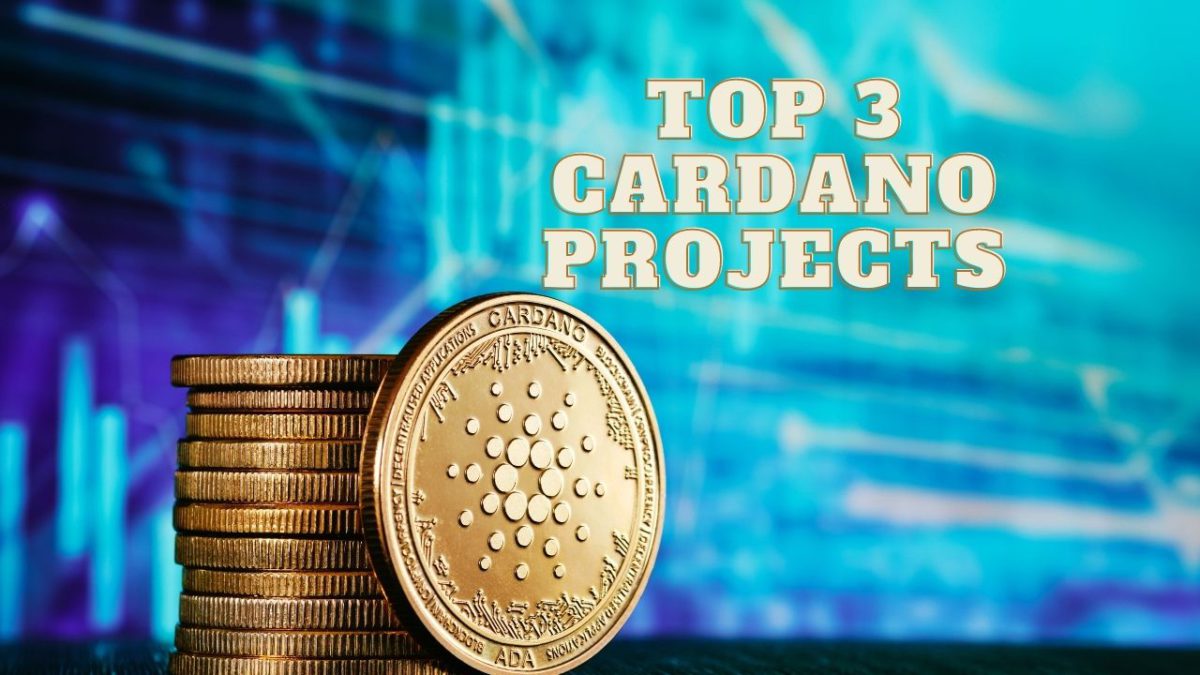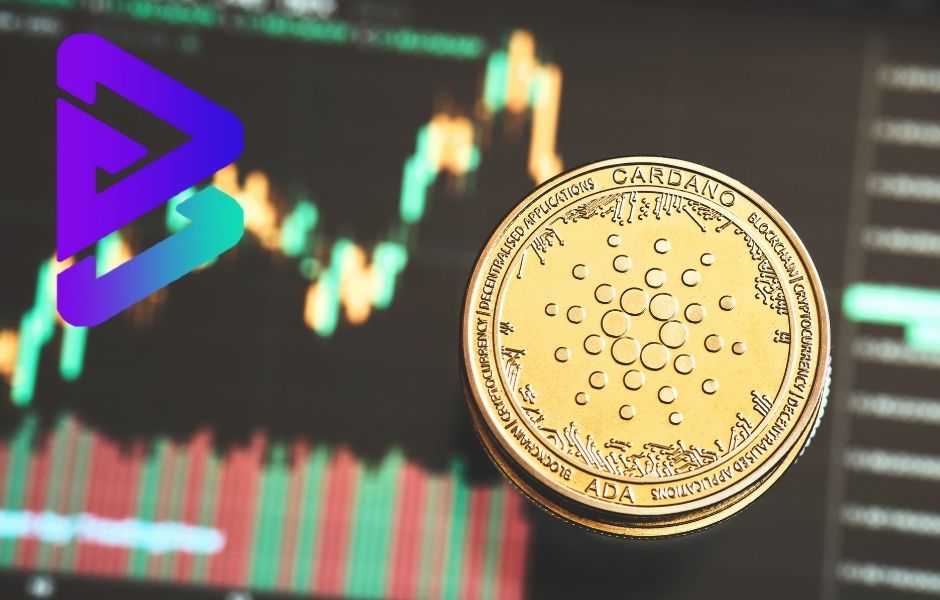The Growth of Peer-to-Peer Lending in DeFi: 2024 Insights
Peer-to-peer (P2P) lending has grown rapidly in recent years, especially within the decentralized finance (DeFi) sector. This article explores how technology, regulations, market trends, competition, and risks shape the Peer-to-Peer Lending landscape in 2024. Understanding these factors is crucial for both borrowers and investors as the market continues to evolve.
Key Takeaways
- P2P lending is becoming more popular due to technology like blockchain and AI.
- Regulations are changing, affecting how P2P platforms operate globally.
- Consumer loans are the biggest part of the P2P market, with small business loans growing fast.
- Competition is fierce among P2P platforms, leading to new ideas and partnerships.
- Risks like fraud and regulatory issues are challenges that need careful management.
Technological Advancements Driving Peer-to-Peer Lending
Blockchain Integration in P2P Lending
The use of blockchain technology is changing how peer-to-peer lending works. It allows for secure and transparent transactions, which helps build trust between borrowers and lenders. This technology can also reduce costs and speed up the lending process. By using smart contracts, loans can be automatically managed, making the whole system more efficient.
AI and Machine Learning in Credit Assessment
Artificial Intelligence (AI) and machine learning are becoming essential in assessing creditworthiness. These technologies analyze vast amounts of data to determine the risk of lending to a borrower. This means that lenders can make better decisions faster. Here are some benefits of using AI in credit assessment:
- Faster loan approvals
- More accurate risk assessments
- Personalized loan offers
Mobile Platforms Enhancing Accessibility
Mobile platforms are making peer-to-peer lending more accessible to everyone. With just a smartphone, users can apply for loans, check their status, and manage repayments. This convenience is attracting more borrowers and lenders to the market.
The growth of technology in peer-to-peer lending is reshaping the financial landscape, making it easier for people to access funds and for investors to find opportunities.
| Technology | Impact on P2P Lending |
|---|---|
| Blockchain | Increases security and trust |
| AI & Machine Learning | Improves credit assessments |
| Mobile Platforms | Enhances user accessibility |
Regulatory Landscape and Its Impact on Peer-to-Peer Lending
Global Regulatory Challenges
The rise of peer-to-peer (P2P) lending has brought about significant regulatory challenges. Regulators worldwide are struggling to create effective frameworks that can keep pace with this rapidly evolving industry. Different countries have varying rules, which can confuse both lenders and borrowers. This inconsistency can slow down the growth of P2P lending platforms.
Compliance Strategies for P2P Platforms
To navigate these challenges, P2P platforms must adopt strong compliance strategies. Here are some key steps:
- Stay Informed: Regularly update knowledge on local regulations.
- Implement Robust Systems: Use technology to ensure compliance with all legal requirements.
- Engage with Regulators: Build relationships with regulatory bodies to stay ahead of changes.
Future Regulatory Trends
Looking ahead, the regulatory landscape for P2P lending is expected to evolve. Some potential trends include:
- Increased Scrutiny: Regulators may impose stricter rules to protect consumers.
- Standardization: A push for more uniform regulations across regions could emerge.
- Focus on Decentralized Finance (DeFi): As the market grows, regulators will need to address the unique challenges posed by DeFi platforms.
The future of P2P lending will depend heavily on how well platforms adapt to changing regulations. Clear guidelines will be essential for fostering innovation while ensuring safety for all participants.
Market Segmentation and Key Growth Areas
Dominance of Consumer Credit Loans
Consumer credit loans are the most popular segment in peer-to-peer lending. This segment has shown remarkable growth due to the increasing demand for personal loans. Many individuals prefer P2P platforms for their competitive interest rates and faster approval processes.
Emergence of Small Business Loans
Small business loans are gaining traction in the P2P lending market. These loans provide essential funding for startups and small enterprises. The flexibility and accessibility of P2P lending make it an attractive option for entrepreneurs looking to grow their businesses.
Regional Market Analysis
The P2P lending market varies significantly by region. Here’s a quick overview:
| Region | Market Size (2023) | Growth Rate (%) |
|---|---|---|
| North America | $10 billion | 15% |
| Europe | $8 billion | 12% |
| Asia-Pacific | $5 billion | 20% |
The growth of peer-to-peer lending is reshaping the financial landscape, making it easier for individuals and businesses to access funds.
In summary, the P2P lending market is expanding rapidly, driven by consumer credit loans, small business loans, and diverse regional growth. Understanding these segments is crucial for stakeholders looking to navigate this evolving market.
Competitive Landscape in Peer-to-Peer Lending
The peer-to-peer (P2P) lending market is becoming increasingly competitive, with many players trying to stand out. Key players are using innovative technologies and user-friendly platforms to attract borrowers and lenders alike. Here’s a closer look at the competitive landscape:
Key Players and Market Share
| Company Name | Country | Market Share (%) |
|---|---|---|
| OnDeck | US | 15 |
| Prosper Funding LLC. | US | 12 |
| Funding Circle | UK | 10 |
| LendingClub Bank | US | 8 |
| Zopa Bank Limited | UK | 7 |
Innovative Business Models
- Marketplace Model: Platforms connect borrowers directly with lenders, allowing for competitive interest rates.
- Traditional Model: Collaborations with banks to offer a wider range of financial services.
- Digital Banking Integration: Some P2P platforms are expanding into full banking services, enhancing their offerings.
Strategic Partnerships and Collaborations
- Zopa recently launched a digital bank, diversifying its services.
- LendingClub acquired Radius Bank to broaden its financial product range.
- Funding Circle partnered with ING Bank to improve access to loans for small businesses.
The P2P lending market is evolving rapidly, and staying ahead requires constant innovation and adaptation to market needs.
As competition heats up, platforms must focus on risk management and customer experience to thrive in this dynamic environment. The future looks promising for those who can navigate these challenges effectively.
Risks and Challenges in Peer-to-Peer Lending
Peer-to-peer (P2P) lending has transformed how people borrow and lend money, but it comes with its own set of risks. Understanding these challenges is crucial for both borrowers and investors.
Regulatory Uncertainties
The P2P lending market faces significant regulatory uncertainties. As this model disrupts traditional lending, regulators are struggling to create clear rules. This can lead to:
- Confusion for borrowers and lenders
- Compliance issues for platforms
- Potential market slowdowns
Risk Management Practices
Effective risk management is essential in P2P lending. Platforms must implement strategies to minimize risks, including:
- Thorough credit assessments to evaluate borrower reliability.
- Diversification of loans to spread risk across multiple borrowers.
- Regular monitoring of borrower performance to catch issues early.
Cybersecurity Threats
With the rise of digital platforms, cybersecurity threats are a major concern. P2P lending platforms must protect sensitive data from breaches. Key measures include:
- Using strong encryption methods
- Regular security audits
- Educating users about safe practices
In the evolving landscape of P2P lending, addressing these risks is vital for sustainable growth and trust in the system.
Overall, while P2P lending offers exciting opportunities, it is essential to navigate these challenges carefully to ensure a safe and effective lending environment.
| Risk Type | Description |
|---|---|
| Regulatory Uncertainties | Lack of clear guidelines for compliance |
| Risk Management | Need for effective strategies to minimize defaults |
| Cybersecurity Threats | Risks associated with data breaches and fraud |
Future Trends in Peer-to-Peer Lending
Decentralized Finance (DeFi) Integration
The integration of DeFi into peer-to-peer lending is set to change the game. This trend will allow for more transparent and efficient lending processes. By using blockchain technology, P2P platforms can offer lower fees and faster transactions, making it easier for borrowers and lenders to connect.
Expansion of Digital Banking Services
As P2P lending grows, many platforms are expanding their services to include digital banking. This means that users can manage their loans and savings all in one place. Here are some key points about this trend:
- Convenience: Users can access multiple financial services from a single platform.
- Enhanced Features: Digital banking can offer budgeting tools and financial advice.
- Increased Trust: More services can lead to better customer relationships and trust.
Innovations in Loan Origination
The way loans are created is also changing. New technologies are making it easier to assess creditworthiness and approve loans quickly. Some innovations include:
- AI and Machine Learning: These technologies help in analyzing borrower data more accurately.
- Instant Approvals: Many platforms are now offering instant loan approvals, reducing waiting times.
- User-Friendly Interfaces: Improved designs make it easier for users to apply for loans.
The future of peer-to-peer lending looks bright, with many exciting changes on the horizon. As the market continues to evolve, staying informed about these trends will be crucial for both borrowers and investors.
| Trend | Impact on P2P Lending |
|---|---|
| DeFi Integration | More transparency and efficiency |
| Digital Banking Expansion | Convenience and enhanced features |
| Innovations in Loan Origination | Faster approvals and better assessments |
Conclusion
In conclusion, the rise of peer-to-peer lending in decentralized finance (DeFi) is changing how people borrow and lend money. This new way of lending connects borrowers directly with lenders through online platforms, making the process faster and easier. As we look ahead to 2024 and beyond, we can expect this market to keep growing, driven by technology and the need for quick access to funds. However, challenges like rules and regulations still need to be addressed. Overall, peer-to-peer lending offers exciting opportunities for both borrowers and investors, reshaping the financial landscape.
Frequently Asked Questions
What is peer-to-peer lending?
Peer-to-peer lending is when people lend money directly to others through online platforms, skipping traditional banks.
How does peer-to-peer lending work?
In peer-to-peer lending, borrowers apply for loans on a website, and lenders can choose to fund these loans based on their preferences.
What are the benefits of peer-to-peer lending?
Benefits include lower interest rates for borrowers and higher returns for lenders compared to traditional savings.
Are there risks involved in peer-to-peer lending?
Yes, there are risks like borrowers not paying back their loans, which can lead to losses for lenders.
How is peer-to-peer lending regulated?
Regulation varies by country. Some countries have specific rules for these platforms, while others are still developing their laws.
What is the future of peer-to-peer lending?
The future looks promising with more technology integration, like blockchain, making lending faster and safer.
Stay informed with daily updates from Blockchain Magazine on Google News. Click here to follow us and mark as favorite: [Blockchain Magazine on Google News].
Get Blockchain Insights In Inbox
Stay ahead of the curve with expert analysis and market updates.
latest from tech
Disclaimer: Any post shared by a third-party agency are sponsored and Blockchain Magazine has no views on any such posts. The views and opinions expressed in this post are those of the clients and do not necessarily reflect the official policy or position of Blockchain Magazine. The information provided in this post is for informational purposes only and should not be considered as financial, investment, or professional advice. Blockchain Magazine does not endorse or promote any specific products, services, or companies mentioned in this posts. Readers are encouraged to conduct their own research and consult with a qualified professional before making any financial decisions. The featured image used is just a creative depiction of the title and it does not intend to hurt sentiments of any person or institution. If it hurts anyone sentiments, please do not hesitate to reach out to Blockchain Magazine.

 Bitcoin
Bitcoin  Ethereum
Ethereum  XRP
XRP  Tether
Tether  Solana
Solana  Dogecoin
Dogecoin  USDC
USDC  Cardano
Cardano  Lido Staked Ether
Lido Staked Ether  TRON
TRON  Chainlink
Chainlink  Avalanche
Avalanche  Wrapped stETH
Wrapped stETH  Stellar
Stellar  Wrapped Bitcoin
Wrapped Bitcoin  Sui
Sui  Hedera
Hedera  Toncoin
Toncoin  Shiba Inu
Shiba Inu  WETH
WETH  Polkadot
Polkadot  Parkcoin
Parkcoin  LEO Token
LEO Token  Litecoin
Litecoin  Bitget Token
Bitget Token  Bitcoin Cash
Bitcoin Cash  Uniswap
Uniswap  Official Trump
Official Trump  Hyperliquid
Hyperliquid  Wrapped eETH
Wrapped eETH  Pepe
Pepe  USDS
USDS  NEAR Protocol
NEAR Protocol  Ethena USDe
Ethena USDe  Aave
Aave  Aptos
Aptos  Internet Computer
Internet Computer  Ondo
Ondo  WhiteBIT Coin
WhiteBIT Coin  Ethereum Classic
Ethereum Classic  POL (ex-MATIC)
POL (ex-MATIC)  Monero
Monero  Algorand
Algorand  Cronos
Cronos  OKB
OKB  Mantle
Mantle  Dai
Dai  Render
Render 






